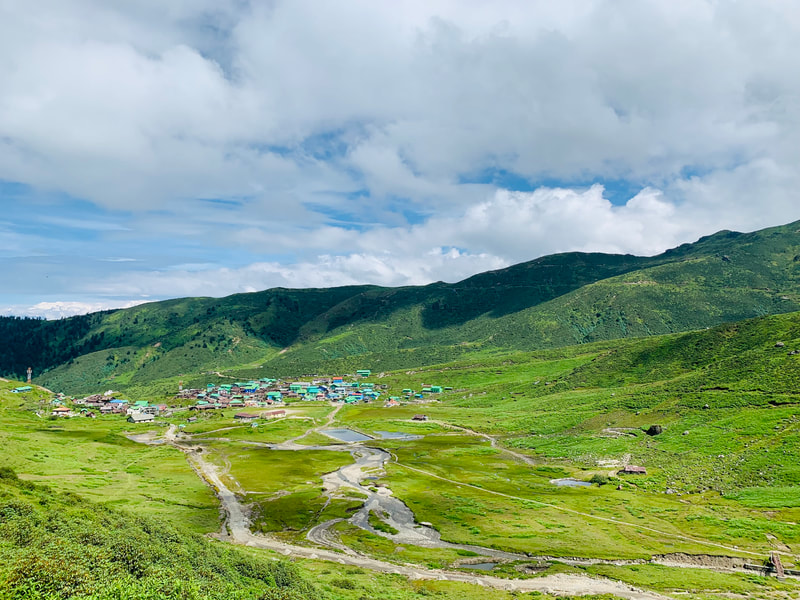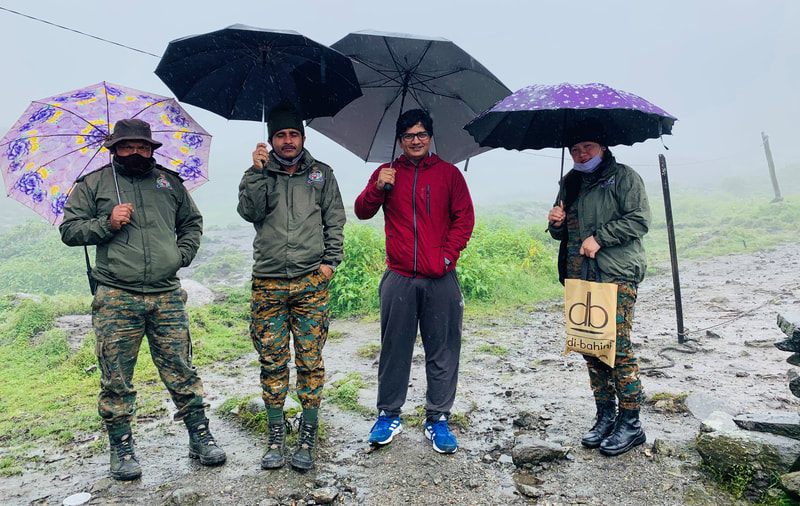Tiger Conservation in India
Using human dimensions of wildlife management and public policy analysis to strengthen tiger conservation in the wild
Description:
Tigers have played an iconic role in the global conservation movement and their presence is an indicator of a healthy ecosystem. Recently, India reported that the tiger population has nearly doubled since 2006 with the country harboring more than 70% of the global wild population. The increasing tiger population has brought more frequent human-tiger interactions and the species has been reported from the higher altitudes of the Himalayas. Considered a flagship species in human-populated landscapes, tigers face multiple threats including poaching, retaliatory killing due to livestock predation, and illicit trade of tiger body parts. To address these conservation challenges, this project aims to understand human perspectives to inform tiger conservation intervention and management in India. Furthermore, the research also aims to illuminate successful strategies, as well as policy pitfalls of India’s Tiger Recovery Program, that may aid other tiger range countries in their conservation efforts for their wild tiger populations. Indeed, the project outcome will help to address India’s contemporary tiger conservation and management challenges as well as those interested in national-scale wildlife conservation and management more broadly.
Objectives
The purpose of this project is to:
- Understand human prospectives on tiger conservation and management
- Use institutional policy analysis to identify potential lessons from the Tiger Recovery
Program
- Identify research gaps and provide recommendations for researchers, policymakers, and
managers to prioritize tiger conservation interventions and management
Collaborators
Tigers United University Consortium
Global Tiger Forum, New Delhi
Tiger Photo Credit: Aditya Dicky Singh
Global Tiger Forum, New Delhi
Tiger Photo Credit: Aditya Dicky Singh





